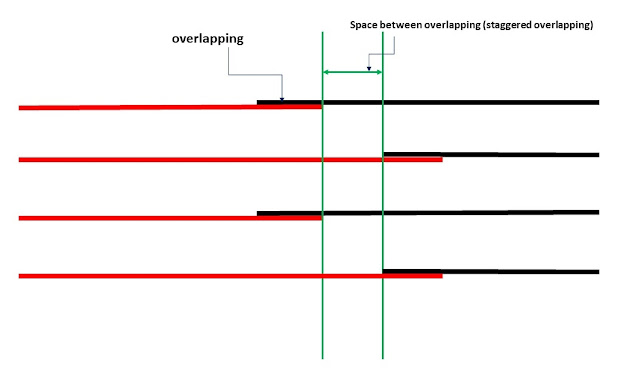Mechanical properties of structural steel
Structural steel(mild steel or low-carbon steel) used in construction widely. in concrete structure steel used to reinforce concrete and enhance its properties. the steel structure is another example of steel importance in the construction industry. therefore it is important to determine steel properties and how steel behaves under load. determination of mechanical properties of steel done by testing a small specimen under increasing load and the corresponding deformation such as the change in length and diameter is determined.
Structural steel will be tested for tension. the loads and corresponding deformation will be measured and recorded to generate a stress-strain diagram. stress-strain diagram was originated by jacob Bernoulli (1654–1705) and J. V. Poncelet (1788–1867). stress-strain diagram provides important information about material properties and behavior.
The figure below representing a stress-strain diagram for structural steel. we can notice a linear relationship from point O to point A that means the stress and strain are proportional. This the elastic region for steel. if the applied load within the elastic region then the strain can be recovered fully. stress at point A known as proportional limit. for low carbon steel proportional limit can vary from 210 MPA to 350 MPA. For high-tensile steel, it can be higher than 550 MPA. The slope of line OA is known as modulus of elasticity. beyond the proportional limit stress, the strain increased at a higher rate until the curve becomes horizontal. From point B to point C the strain of steel increased with no significant change in stress as we can notice from the diagram. This phenomenon is known as yielding of the material. The corresponding stress is known as yield stress. in the region from B to C the material becomes totally plastic. beyond region B-C the material crystals change and it resists any increase in the strain which means higher stress required to stretch the material. therefore the diagram has a positive slope from point C to point D. point D is known as ultimate stress. beyond point D the resistance of material reduced and further stretching will be accompanied by a reduction in strength and finally, material fractured at point E. Yield strength, modulus of elasticity and ultimate strength are very important properties of structural steel. without these designers will not be able to determine the capacity of the structure.


















Great insights on the mechanical properties of structural steel! As a representative of Rexton Steel Alloys, I'm impressed by the depth of information provided here, showcasing the importance of steel quality in construction projects
ReplyDelete